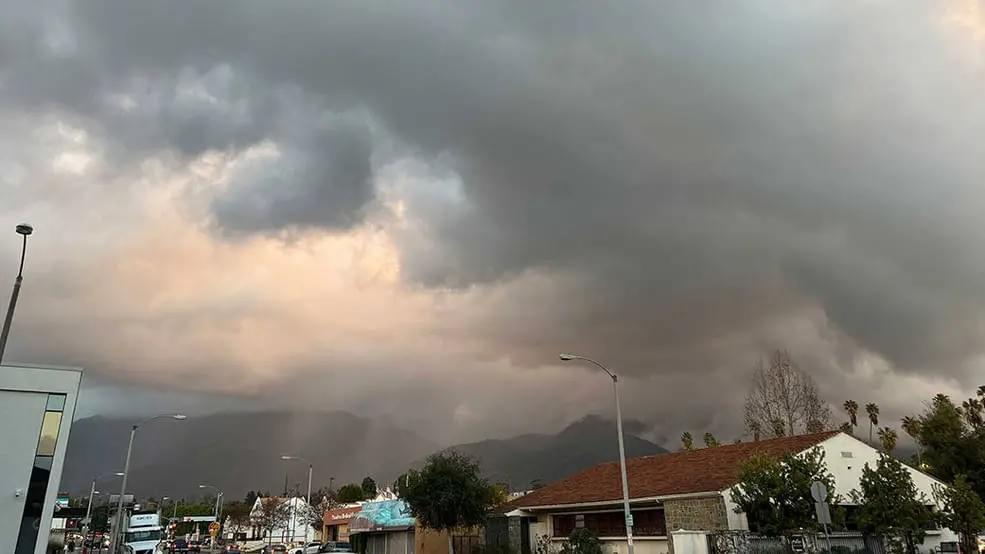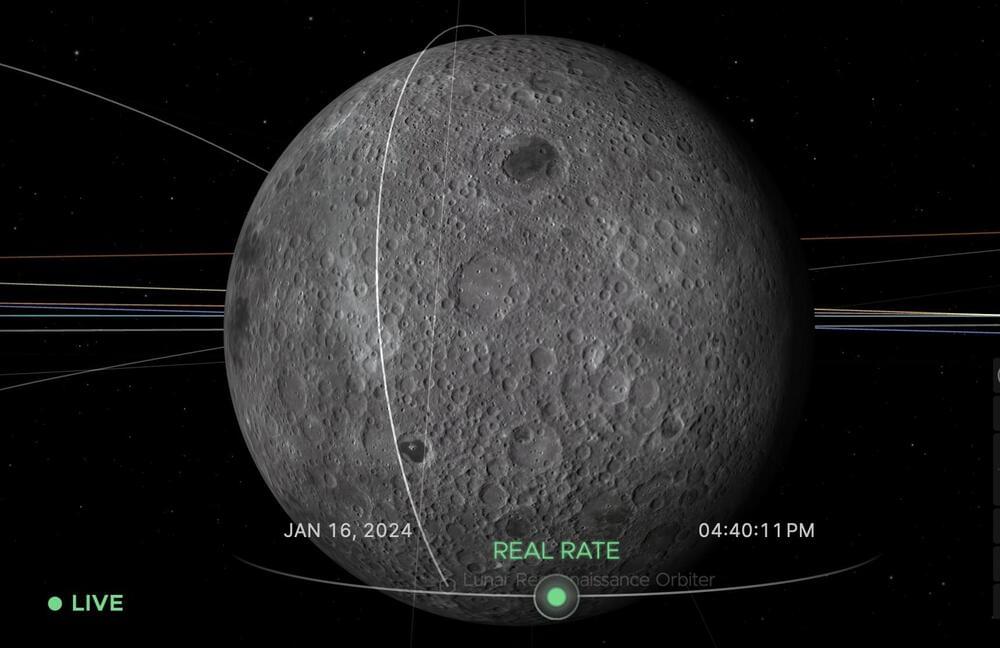
How can back-to-back atmospheric rivers impact the economy? This is what a recent study published in Science Advances hopes to address as a team of researchers led by Stanford University investigates the economic toll of back-to-back atmospheric rivers compared to single events. This study holds the potential to help scientists, the public, and city planners better prepare for atmospheric rivers, as they can cause widespread flooding in short periods of time.
For the study, the researchers analyzed data from the Modern-Era Retrospective Analysis for Research and Applications, version 2, (MERRA-2) between 1981 and 2021 and computer algorithms to ascertain the economic impact of atmospheric rivers throughout California. The goal was to ascertain how much worse back-to-back atmospheric rivers were compared to single events. The study’s findings discovered that back-to-back atmospheric rivers caused three times greater economic damage than single events, which is also higher when the first atmospheric river exhibits greater strength.
“Our work really shows that we need to consider the likelihood for multiple, back-to-back events for predicting damages, because damage from multiple events could be far worse than from one event alone,” said Dr. Katy Serafin, who is a coastal scientists and assistant professor in the Department of Geography at the University of Florida and a co-author on the study.


















